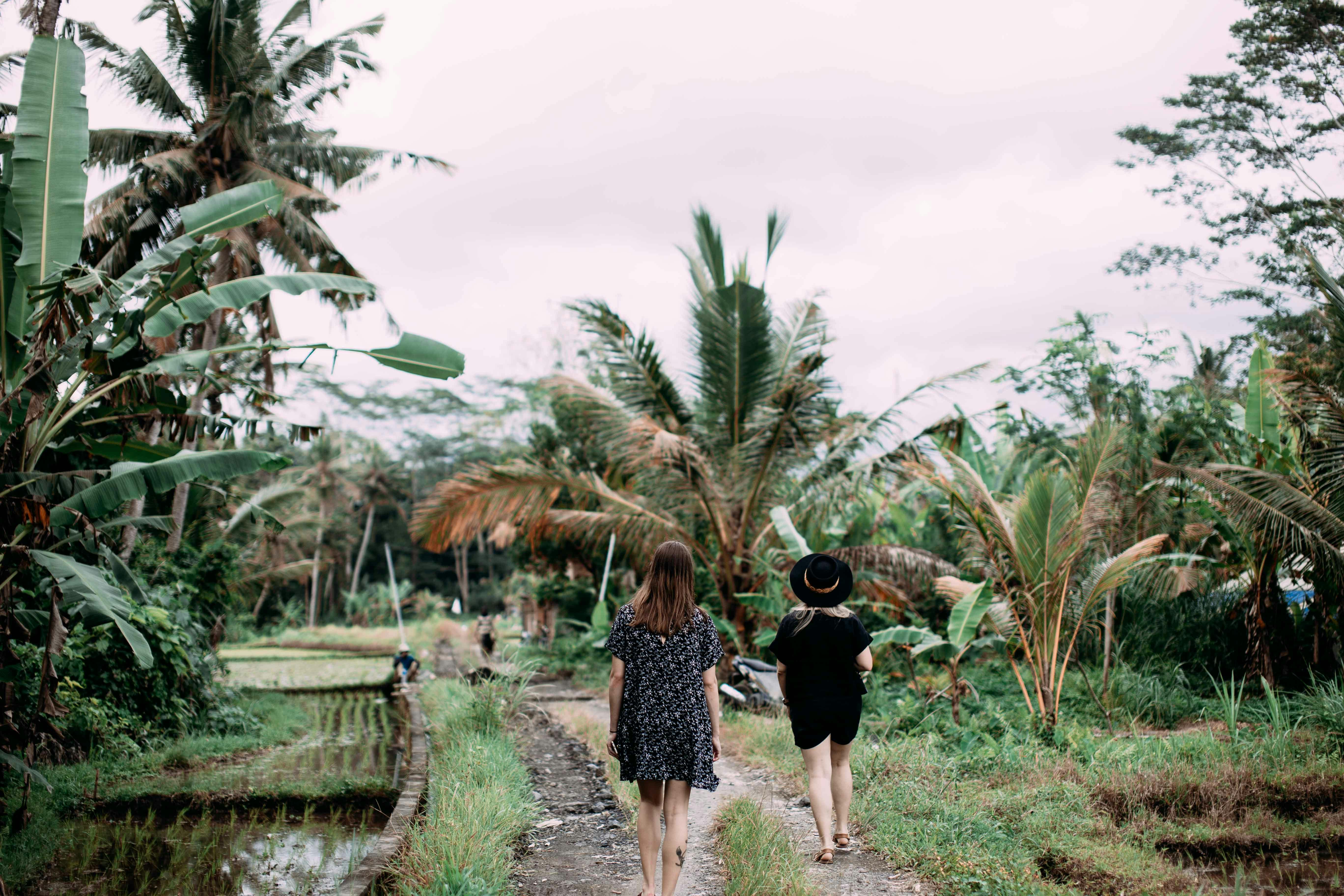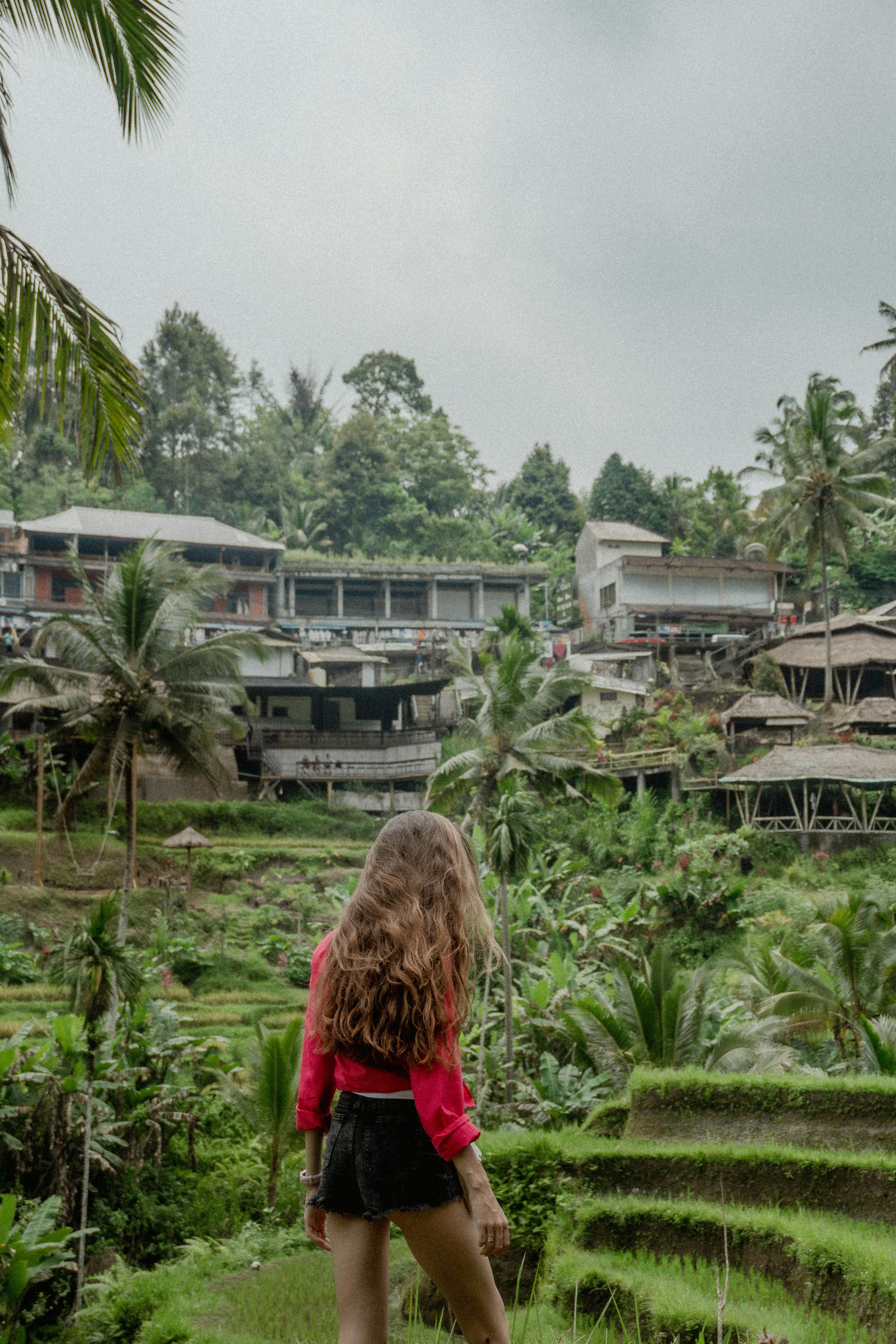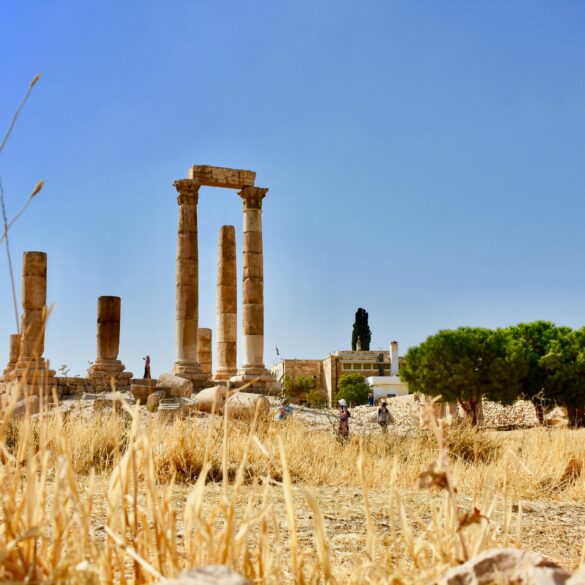Bali as a Tourist: The Ultimate Human Guide to Culture, Planning & Experiences
Ever stood barefoot on soft, nearly white volcanic sand as the salty tang of the Indian Ocean hits your skin, wondering if the “real” Bali is what you see in Instagram photos—or something far deeper? I’ve repeatedly asked myself this question, both during my earliest backpacking trips and more recently on collaborative projects with Balinese hospitality entrepreneurs. So let’s set aside the “curated feed” for just a moment. What, really, does it mean to experience Bali as a tourist in an era shaped by climate shifts, cultural debates, and shifting travel priorities? If you’re like me, the overwhelming volume of Bali travel guides—many recycling the same top-10-lists, templated suggestions, and veiled ad copy—can induce a kind of information fatigue. Let this guide cut through that noise.
Here’s what I’ve truly learned in over a decade of Bali travel, advising global clients, and (yes) making mistakes so you don’t have to: Every Bali visit can be transformative if you approach it with authenticity, respect, and a willingness to adapt. The most memorable moments happen somewhere between the traditional purified temple water and a spontaneous invitation to a rural family compound. But, of course, planning, timing, and cultural awareness matter—a lot.
1. What Makes Bali Unique as a Tourist Destination?
Let’s be blunt. Lots of tropical islands boast palm trees, coral reefs, and cocktails at sundown. What sets Bali apart for me isn’t the scenery alone—although, trust me, those emerald rice terraces in Ubud and lunar cliffs of Uluwatu never get old. It’s the intersection (sometimes a collision) of ancient spirituality and hyper-modern hospitality, unfolding in real time.2
Key Insight: The deeper your curiosity about Balinese culture, the more the island will reward you. “Tourist” isn’t a dirty word in Bali, but superficial tourism absolutely is. Locals tell me the difference shows in how you enter a temple, the questions you ask, even the foods you try—and whether you ask for sambal or skip it.
- Staggeringly diverse landscapes—from misty volcanoes to black sand beaches to forested waterfalls
- A living Hindu culture (unlike most of Muslim-majority Indonesia), evident in daily offerings (“canang sari”), temple festivals, and community rituals
- A culinary scene ranging from traditional warungs serving babi guling to world-renowned fusion restaurants helmed by Australian and French chefs
- Interconnected “desa adat” (village law) systems that function as much as local government as the Indonesian state itself—something even repeat visitors often overlook3
Honestly, the first time this really sunk in for me was during a ngaben (cremation ceremony), watching an entire village converge, honored but never intruding, eyes wide, camera discreetly hidden away. How do you capture the energy of a place where every sunrise feels like sacred theater? You probably can’t—but you can let it move you.
2. Quick-Planning Timeline: Before You Go
If you’re hoping for “book flights on Tuesday, arrive Friday,” Bali rewards a bit more intentionality. Over the years, I’ve developed a rough timeline—part hard-learned, part crowdsourced from fellow travelers—that can save first-timers from both overpaying and missing out.4
| Timeframe | Tasks | Insider Tips | Avoid |
|---|---|---|---|
| 4-6 months out | Book main flights; research visa changes | Check for direct flights from AU/Asia hubs | Assume Schengen/EU norms: Visa rules can shift annually! |
| 2-4 months out | Reserve top hotels, wellness retreats, or villas | Prioritize guesthouses for “authentic” stays | Late bookings during peak (July/August, Christmas) |
| 1 month out | Arrange drivers, day tours, & activities | Check local festivals – surprising closures | Only booking Western-run tour agencies |
Funny thing is, I used to book everything last minute (blame digital nomad arrogance). The one time I skipped research, my entire Ubud stay coincided with Galungan—beautiful, but everything “touristy” shut down as families attended temple. Was it a hassle? Maybe. But the improvisational mornings getting lost in villages turned out to be a highlight I still rave about today.
3. Balinese Culture & Travel Ethics (What Every Visitor Misses)
What really strikes me, after—let me think—easily a dozen visits since 2009, is how quickly Bali’s modern face can mask its deeper social rules. Let me be explicit: This isn’t about shaming travelers for not learning the language or for wearing shorts. But a little contextual awareness goes unbelievably far. My best advice? Assume nothing, ask questions gently, and, if you’re unsure, discreetly watch what locals do first.
- Dress code counts at temples. Always bring a sarong and sash, or borrow one from the entrance gate staff—“modest” means knees and shoulders covered for all genders5.
- ‘Canang sari’ offerings—those little banana-leaf baskets—should never be stepped over, moved, or photographed up close.
- Hand gestures matter: pointing with your left hand or touching someone’s head both read as rude.
- Negotiate gently: Bargaining in markets is expected, but excessive haggling with small vendors can come off as aggressive or disrespectful.6
- Every village is a real community—with rules: “No drones” signs and ‘desa adat’ rules aren’t empty warnings. Disregarding them can have serious consequences.
Honestly, I’ve learned more from half-embarrassed conversations with local kids—trying desperately to pronounce “terima kasih” properly—than from any travel manual or expat guidebook. Curiosity is contagious; don’t be afraid to let it lead you off itinerary, within reason.
4. Best Seasons, Worst Times, Weather, & Top Annual Events
First-timers always ask: When is the best time to visit Bali for the “perfect” weather, lowest prices, or most authentic festivals? My answer keeps evolving, but here are the nuances you won’t find in generic search results:7
| Season | Weather Pattern | Tourist Crowds | Insider Tips |
|---|---|---|---|
| April–June | Dry, warm (26–30°C) | Low–Medium | Shoulder season: best for active travelers |
| July–August | Dry & breezy (25–28°C) | Peak | Higher prices, but best for festivals & nightlife |
| September–October | Dry to start, turning humid | Less crowded | Excellent rates, best for surfers |
| November–March | Rainy, humid (24–32°C) | Usually calmer | Nature is lush, rain often comes in bursts |
Featured Snippet: When is the best time to visit Bali?
For most travelers, April–June and September–October offer the ideal balance of good weather, affordable pricing, and fewer crowds. July–August are busiest; November to March is wet season, but perfect for those seeking fewer tourists and greener landscapes.
A word of caution—public holidays and school vacations can spike accommodation prices and cause “Nusa Dua syndrome” (read: clutching traffic jams and beach clubs at full tilt). Nyepi (the “Day of Silence,” usually March), is extraordinary—imagine an island-wide pause, with airports closed and everyone (tourists included) observing silence and darkness. In my opinion, it’s not for everyone—but for the right traveler, it’s transformative. I was once caught off guard by this and ended up having one of the most reflective travel days of my life, forced to slow down, journal, and just watch the stars with fellow travelers at my guesthouse.
5. Where to Go: Ubud, Canggu, Seminyak, Sidemen & Hidden Gems (Complete Itineraries)
This is always the million-rupiah question—“What are the best places in Bali for tourists?” But to answer honestly, I usually counter with, “What kind of traveler are you right now?” Trends, lifestyles, and micro-scenes shift rapidly, and return visitors tend to craft more offbeat itineraries.
- Ubud: Heart of culture, rice terraces, yoga, healing, sacred temples, bustling art markets.
Perfect for: First-timers, solo travelers, wellness seekers, foodies.
Tip: Don’t skip Tegalalang at sunrise. Overhyped? Sometimes. Still magical? Always. - Canggu & Seminyak: Surf beaches, indie cafes, digital nomad hubs, nightlife, boutique shopping.
Perfect for: Creatives, young (or young-at-heart) couples, remote workers.
Tip: Avoid Berawa traffic between 4–7 pm unless you love standstill “scooter ballet.” - East Bali (Sidemen, Amed): Rural life, volcanic views, snorkeling, far fewer crowds.
Perfect for: Explorers, photographers, second/third-timers.
Tip: Visit Sidemen rice terraces for a sunrise trek, then end at Tirta Gangga water palace. - Nusa Islands (Penida, Lembongan): Jaw-dropping cliffs, manta rays, crystal blue water.
Perfect for: Adventurers with flexible time.
Tip: Kelingking Beach looks iconic in photos but is far more dangerous than most guides admit. Always heed warning signs.8
What amazes me is how, despite increasingly crowded “beaten paths,” new pockets of tranquility (think: west Bali National Park or the untouched northern coast) keep surfacing—if you’re open to a bit of improvisation. I stumbled on a family-run homestay in Pemuteran that ended up being the highlight of my year.

6. Safety, Health & Accessibility in Bali
Let’s get practical for a moment. Bali is, all in all, one of Asia’s safer major tourist destinations—but there’s nuance. It’s not immune to opportunistic petty crime, traffic hazards, or the odd scam. And while major medical care has improved, it still lags behind Singapore or Bangkok. I’d rather be honest here: a dose of common sense and a little cultural humility go a long way.9
Travel Safety Essentials:
- Stay hydrated but don’t drink tap water (Bali belly is real—see your doctor for vaccine/travel kit recommendations).
- Use “Grab” or “Gojek” (ride apps) rather than private taxi touts; always agree on prices upfront if you go off app.
- Scooter rentals: Only ride if you have a license and confidence in chaotic traffic (and wear your helmet, even for short distances—seriously, that’s non-negotiable in my book).
- Travel insurance: I once skipped this, got a foot infection, and spent 14 hours at Sanglah Hospital—don’t repeat my mistake.
Accessibility-wise? Currently, only major city hotel chains and a handful of beach clubs offer ramps, wide corridors, and barrier-free bathrooms—a shortcoming I hope post-pandemic investments will address. I recommend emailing ahead if accessibility is a key concern.10
7. Sustainability: Giving Back & True Responsible Travel
I’ll be completely honest—Bali’s rapid growth has fueled major dilemmas: water shortages, plastic waste, overtourism in sacred zones, and cultural dilution top the list. Moving forward, my hope (shared by most locals I meet) is that tourism can enable more preservation than exploitation.12
- Choose local. Guesthouses, warungs, and tours run by Balinese families reinvest more in the community than big resorts. I learned more about Balinese customs in a family compound than anywhere else.
- Mind your footprint. Carry a reusable bottle, avoid single-use plastics (some local brands do beautiful bamboo straws), and never litter—ever.
- Support conservation efforts. Turtle hatchery releases, coral planting experiences, and ethical wildlife tours are easy to organize through reputable NGOs.
- Attend a beach clean-up: Many Canggu, Sanur, and Uluwatu communities organize weekly “gotong royong” events. Ask your accommodation host for details.
- Learn about water conservation: Bali’s subak irrigation system, a UNESCO heritage marvel, is threatened by overdevelopment and climate change. Visiting these areas with a knowledgeable guide supports their defense.13
- Buy local crafts and art directly from makers—never in bulk at “fixed price” market stalls owned by foreign investors.
What I find most encouraging is how many younger Balinese are leading these efforts themselves, offering workshops, storytelling circles, and social enterprising. If you want to experience Bali beyond the veneer, plug into these networks—Facebook and WhatsApp groups, or just ask at your hotel’s front desk.
8. Schema Markup & Practical Resources
For those creating Bali travel blogs, tour websites, or even small Airbnb listings—having proper schema markup ensures your information displays accurately in Google’s search (think event times, locations, reviews, safety advisories). Here’s what I typically recommend:14
| Schema Type | Best Use | Example Property to Include | Why it Matters |
|---|---|---|---|
| FAQ | Tour guides, resource blogs | question/acceptedAnswer | Captures “People Also Ask” traffic |
| Event | Festival & retreat listings | startDate, location | Boosts local event discoverability |
| LocalBusiness | Guesthouses, restaurants | openingHours, geo, rating | Improves local search accuracy |
| Review | Bloggers, travel journals | itemReviewed, reviewRating | Shows ratings in Google results |
I always encourage those with a website or blog to test their markup using Google’s Rich Results Test Tool (15). And don’t forget: schema must be kept up to date, as Google’s requirements change regularly.
9. Final Thoughts, Practical Takeaways, and References
I want to say this as honestly as possible: Bali as a tourist destination changes you more if you let it change you. I used to believe that paradise was just about palm trees—and yes, those still matter. But what I remember are imperfect conversations with strangers, the smell of incense at 6am, getting caught in tropical rain and laughing about it with new friends, and learning (slowly, awkwardly, but persistently) what genuine respect looks like far from home.
Key Takeaways for the Real Bali Experience
- Plan with intention, but say yes to the unexpected.
- Travel outside of high season if you can—cheaper, calmer, more “real.”
- Dive into local experiences, and remember that your presence has real impacts.16
- If you mess up? Apologize, laugh, and try again—the Balinese are famously forgiving of polite errors.
One last thing—no Bali guide (not even this one!) is truly complete. The island’s greatest gift is its ability to surprise you. If you find a hidden café in the rice fields or learn something from a local you think the rest of us should know, please pay it forward. That’s how “tourism” morphs into actual connection.
- Travel Planning Timeline for Bali
- Understanding Balinese Culture & Etiquette
- Best Time to Visit Bali: Insider’s View
- Best Places and Itinerary Ideas
- Bali Safety & Health Essentials
- Sustainable Travel and Local Impact
References



